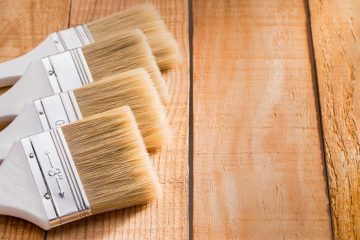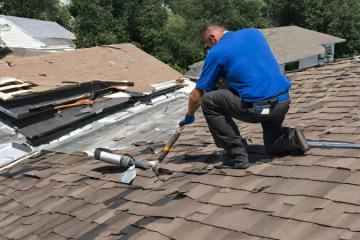Stainless steel checker plate are versatile and widely used in various industries due to their durability, corrosion resistance, and aesthetic appeal. One crucial aspect that buyers consider when purchasing stainless steel checker plates is their thickness. In this comprehensive guide, we will explore the thickness of stainless steel checker plates, providing valuable insights for buyers and industry professionals.
1. What is Stainless Steel Checker Plate?
Definition of stainless steel checker plate:
Stainless steel checker plate, also known as tread plate or diamond plate, is a type of metal sheet with raised diamonds or lines on one side, providing enhanced slip resistance and aesthetic appeal.
Applications of stainless steel checker plate:
Stainless steel checker plate find applications in industries such as construction, transportation, manufacturing, and decoration. They are commonly used for flooring, stairs, platforms, vehicle decks, and wall cladding.
2. Standard Thicknesses of Stainless Steel Checker Plate
Industry Standards of stainless steel checker plate:
Stainless steel checker plate are available in various thicknesses to suit different applications and requirements. The thickness of the plate is typically specified by industry standards or customer preferences.
Common Thicknesses of steel checker plate
Standard thicknesses for stainless steel checker plate range from 1.5 mm to 6.0 mm. However, thicker plates may be available for specific applications or upon request from stainless steel checker plate suppliers.
3. Factors Influencing Stainless Steel Checker Plate Thickness Selection
Load-Bearing Capacity:
The thickness of the stainless steel checker plate is often chosen based on its intended load-bearing capacity. Heavy-duty applications may require thicker plates to withstand higher loads and stresses.
Durability Requirements:
Thicker plates offer increased durability and resistance to wear and tear, making them suitable for high-traffic areas or environments with harsh conditions.
Aesthetic Considerations:
In some cases, the thickness of the checker plate may be selected for aesthetic purposes, with thicker plates providing a more substantial and visually appealing appearance.
4. Customization Options of Stainless Steel Checker Plate
Tailored Solutions:
Stainless steel checker plate suppliers often offer customization services, allowing customers to specify the desired thickness based on their unique requirements.
Cutting and Fabrication:
Customization options may include cutting the steel checker plate to the desired size and shape, as well as fabricating additional features such as holes or edges for specific applications.
5. Quality Assurance and Standards Compliance of Stainless Steel Checker Plate
Quality Control:
Reputable stainless steel checker plate suppliers adhere to strict quality control measures to ensure that the plates meet industry standards and customer expectations.
Compliance:
The thickness of stainless steel checker plates must comply with relevant industry standards and specifications, such as ASTM, ASME, or EN standards, to guarantee performance and safety.
Conclusion
In conclusion, the thickness of stainless steel checker plate plays a crucial role in determining their suitability for various applications. Buyers should carefully consider factors such as load-bearing capacity, durability requirements, aesthetic preferences, and customization options when selecting the appropriate thickness. By working with reputable stainless steel checker plate suppliers and adhering to industry standards, buyers can ensure that they receive high-quality products that meet their specific needs and requirements.




